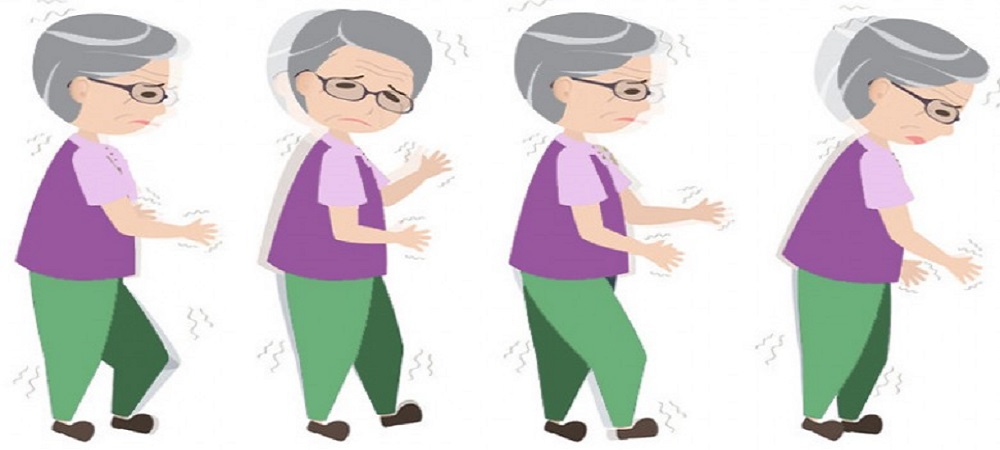The term "movement disorders" refers to a group of nervous system (neurological) conditions that cause abnormal increased movements, which may be voluntary or involuntary. Movement disorders can also cause reduced or slow movements.


Movement Disorder
Common types of movement disorders include:



